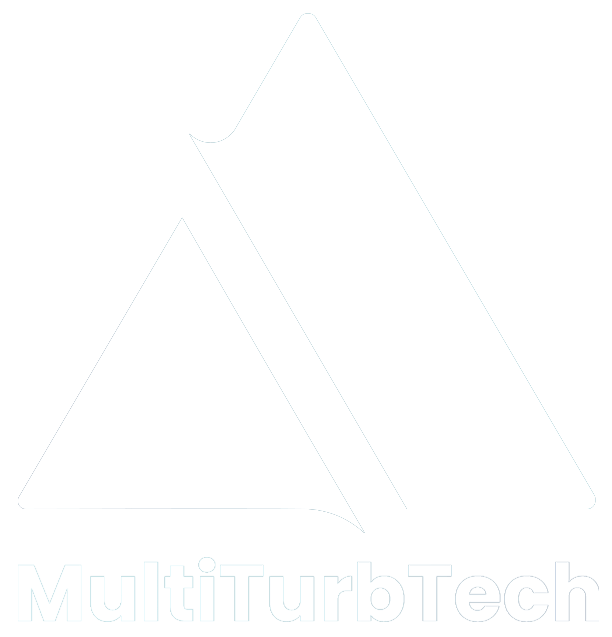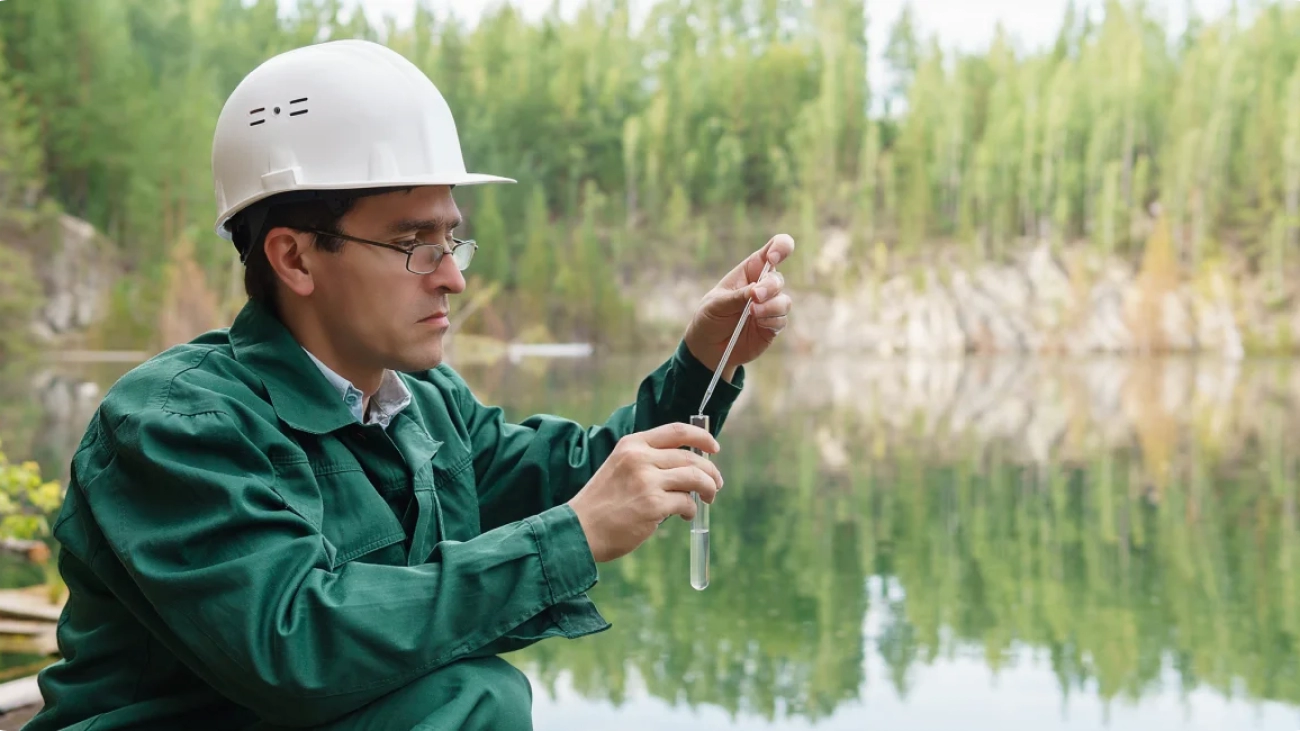Optical methods such as ultraviolet/visible (UV/Vis) and fluorescence spectroscopy are well-established analytical techniques for monitoring on-site water quality, which can detect a broad range of biological and chemical contaminants in different concentration ranges. In addition, Real-time results allow a quick response to water quality changes. Unfortunately, the portable multi-parameter probes’ specification and data processing typically cannot be changed by users.
In a ground-breaking study, they developed a submersible sensor probe, combining UV/Vis and fluorescence spectroscopy with a flexible data processing platform. They use a waterproof enclosure with a diameter of 100 mm that also permits its application in groundwater monitoring wells. The light source used for fluorescence spectroscopy is an LED array that can be equipped with four different LEDs. Also, a miniaturized deuterium–tungsten light source (200–1100 nm) was used for UV/Vis spectroscopy. As a spectrometer, they used a miniaturized spectrometer with a spectral range between 225 and 1000 nm, which permits the detection of complete spectra for both methods.
This research aimed to create a unified sensor platform capable of conducting UV/Vis and fluorescence spectroscopy to analyze diverse unsaturated and aromatic compounds within aquatic environments. The six requirements define this sensor platform:
• Synchronous data acquisition: UV/Vis and fluorescence measurements can be analyzed in one step.
• Adaptable hardware configuration: The sensor configuration can be easily changed to adapt the sensor probe to different aquatic conditions.
• Open data processing platform: The integrated processing platform facilitates the further handling and fusion of spectral data.
• Open Data Model: Processed data, measurement methods, and metainformation are stored holistically.
• Data visualization: The data are displayed in real-time on a dashboard for analysis and pattern identification.
• Remote control: A specifically designed application grants access to the sensor probe.
You can have access to full article through link bellow.

